Joint pain and stiffness can be incredibly disruptive, but a diet rich in omega-3s may offer natural relief. Omega-3 fatty acids are known for their powerful anti-inflammatory effects, helping to reduce joint swelling and discomfort. Research shows that adding omega-3-rich foods to your diet can improve joint flexibility and ease symptoms of arthritis. While fish oil is a well-known source, there are plenty of delicious foods packed with omega-3s to fit various diets. Here are the top foods to add to your meals for better joint health and mobility.
Contents
- 1 Fatty Fish (Salmon, Mackerel, Sardines)
- 2 Flaxseeds
- 3 Chia Seeds
- 4 Walnuts
- 5 Hemp Seeds
- 6 Canola Oil
- 7 Spinach
- 8 Brussels Sprouts
- 9 Edamame
- 10 Seaweed
- 11 Mustard Seeds
- 12 Kidney Beans
- 13 Cauliflower
- 14 Tofu
- 15 More From RetailShout
- 16 20 Breakfast Foods That Fuel Your Morning
- 17 15 Under-the-Radar Leafy Greens with Surprising Health Benefit
Fatty Fish (Salmon, Mackerel, Sardines)

Fatty fish like salmon, mackerel, and sardines are among the richest sources of omega-3 fatty acids, specifically EPA and DHA. These types of omega-3s have potent anti-inflammatory properties, helping reduce joint stiffness and pain. Regular consumption of fatty fish has been linked to improved joint flexibility and reduced symptoms of conditions like arthritis. The high levels of protein and vitamin D in these fish also support bone health, adding to joint stability. Including them in your diet at least twice a week is an excellent way to promote overall joint health.
Flaxseeds
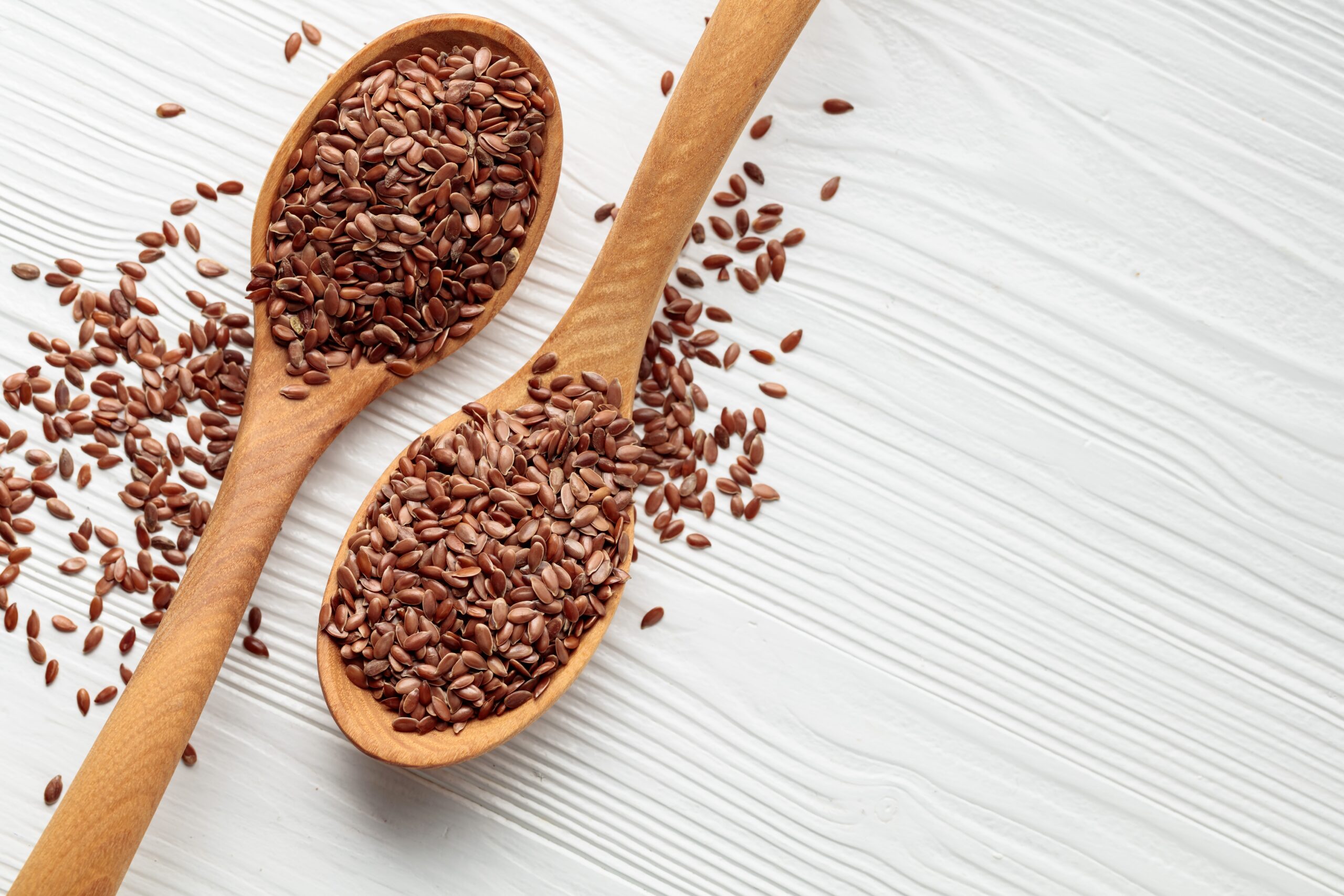
Flaxseeds are a plant-based source of omega-3s, particularly ALA (alpha-linolenic acid), which the body can partially convert to EPA and DHA. These tiny seeds are also packed with fiber, which supports digestive health and helps with weight management—important for reducing pressure on joints. Flaxseeds can easily be added to smoothies, yogurt, or oatmeal for a daily omega-3 boost. Their lignan content, a type of antioxidant, also contributes to lowering inflammation in the body. Consuming ground flaxseeds is more effective for nutrient absorption than whole seeds.
Chia Seeds
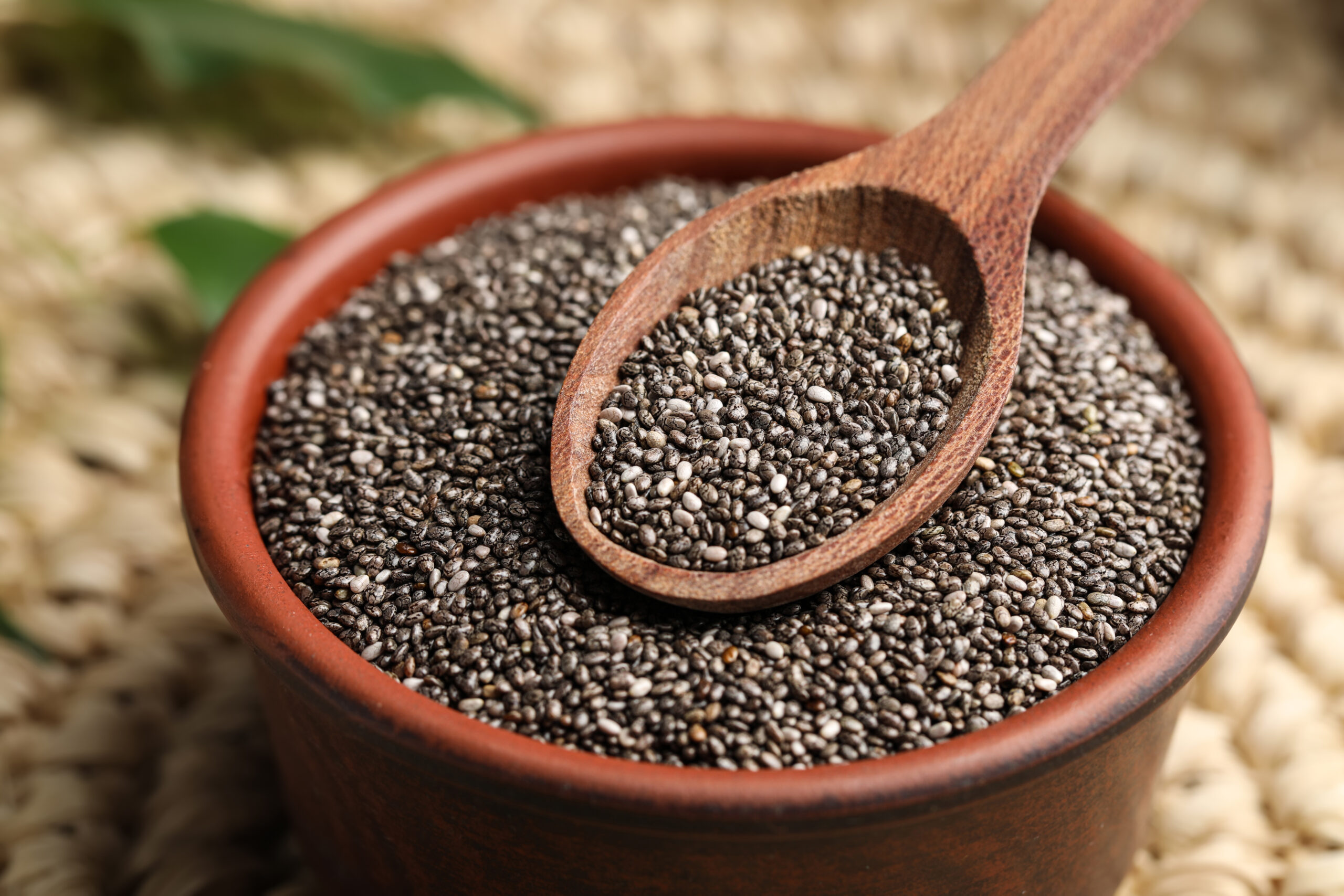
Chia seeds are another excellent plant-based source of omega-3 fatty acids, ideal for those following a vegetarian or vegan diet. They’re rich in ALA, which has anti-inflammatory properties, making them beneficial for joint health. Chia seeds also contain fiber and protein, which contribute to weight management, reducing stress on your joints. These seeds can absorb water and expand, making them a great addition to smoothies, puddings, and overnight oats. Eating chia seeds regularly can help alleviate joint discomfort and improve overall flexibility.
Walnuts
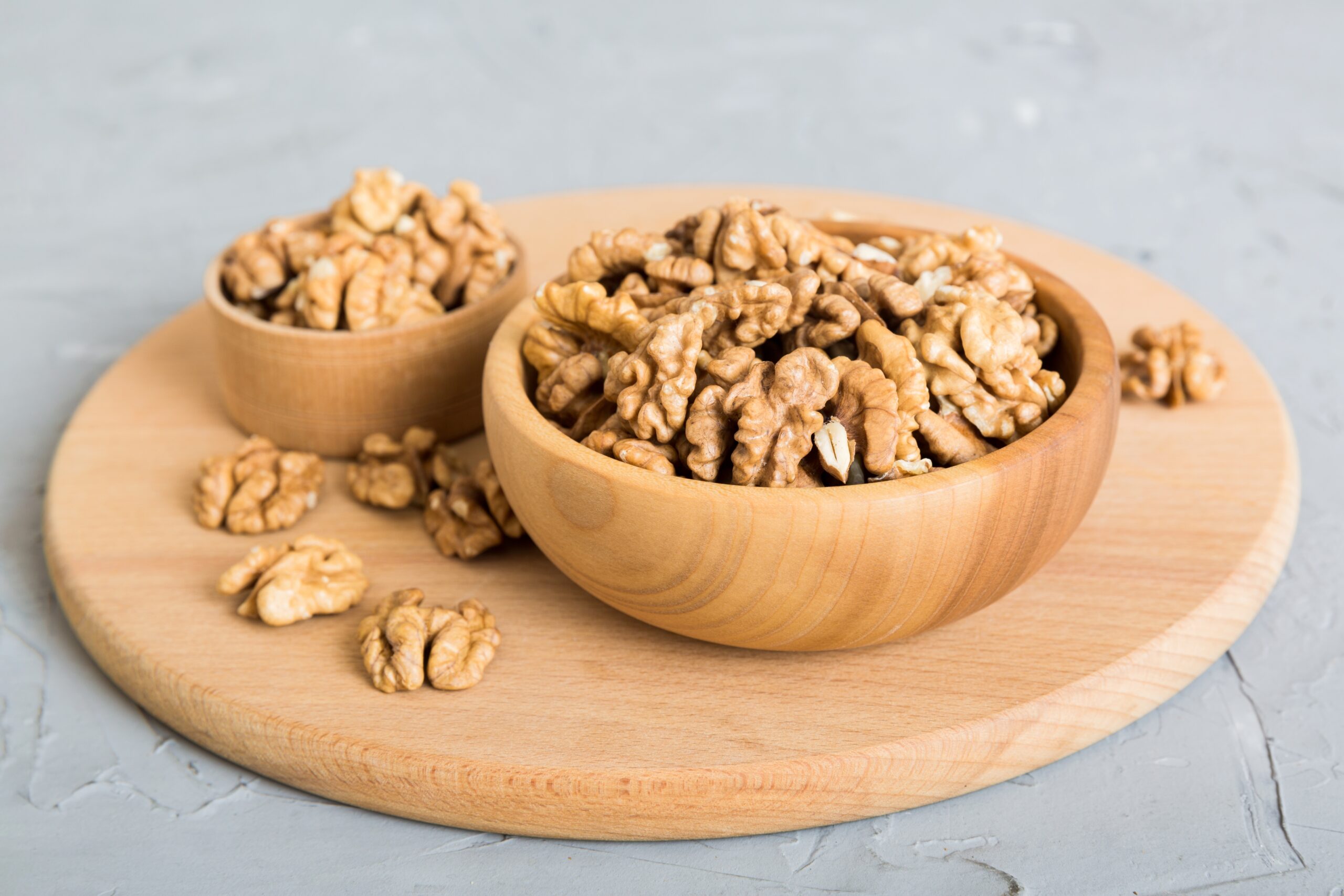
Walnuts are one of the few nuts that contain a significant amount of omega-3 fatty acids, specifically ALA, supporting both brain and joint health. Their anti-inflammatory properties help combat swelling and pain in the joints, especially for individuals with arthritis. Walnuts also contain antioxidants and essential minerals, like magnesium, which play a role in maintaining healthy cartilage. Snacking on a handful of walnuts daily provides a convenient way to boost omega-3 intake. Besides, walnuts are versatile and can be added to salads, baked goods, or simply eaten on their own.
Hemp Seeds
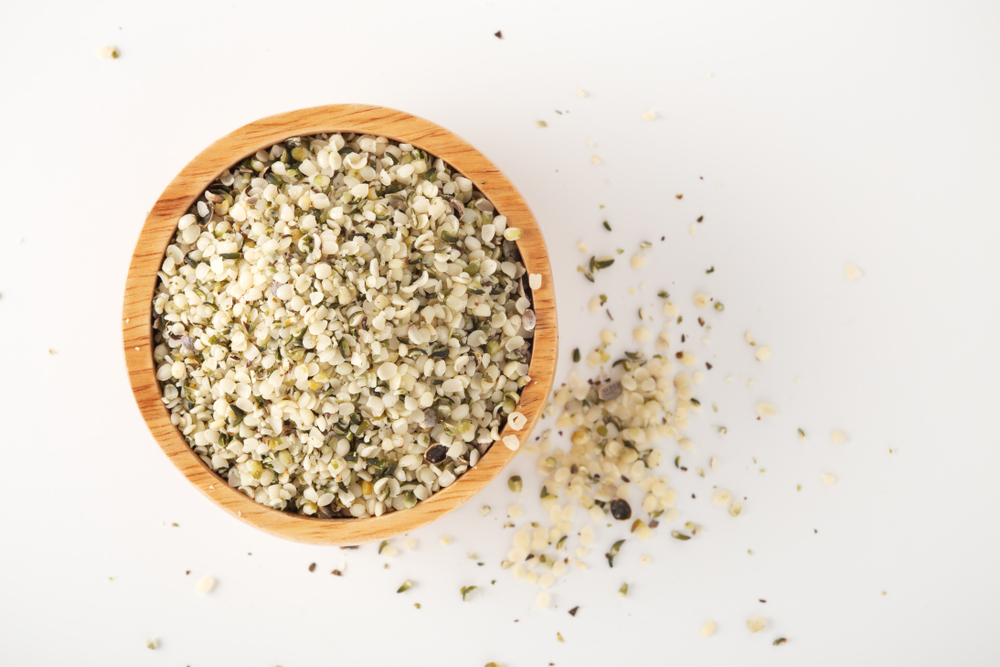
Hemp seeds are a good source of ALA omega-3s, with a balanced ratio of omega-3 to omega-6 fatty acids, promoting a healthy inflammatory response. The omega-3s in hemp seeds can reduce joint stiffness and improve mobility over time. In addition to omega-3s, hemp seeds are packed with protein and fiber, making them an excellent addition to salads, smoothies, or yogurt. Their high mineral content, including magnesium and iron, also supports bone health. Incorporating hemp seeds into your diet is an easy way to support joint health naturally.
Canola Oil

Canola oil is a cooking oil that provides a moderate amount of ALA omega-3 fatty acids, making it a convenient option for daily use. Its mild flavor makes it versatile for use in cooking, baking, or salad dressings. While it doesn’t contain as much omega-3 as fatty fish or chia seeds, it can still contribute to reducing inflammation when used regularly. Replacing other oils with canola oil may help lower joint discomfort and promote flexibility. It’s an easy way to add omega-3s to meals without major dietary changes.
Spinach
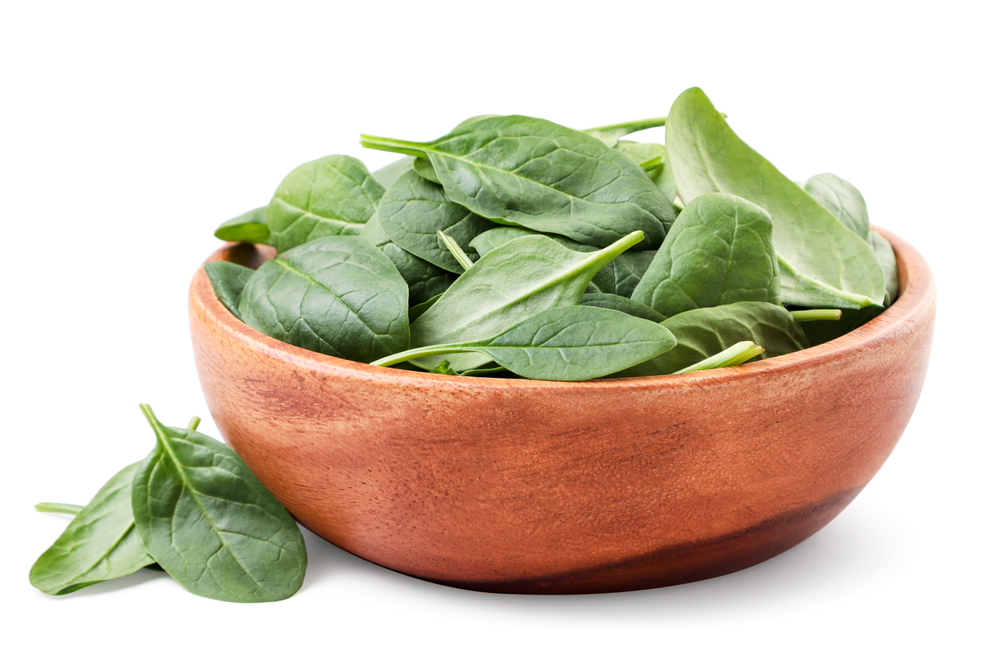
Spinach, along with other leafy greens like kale, contains a small amount of omega-3s and a high concentration of antioxidants, which work together to reduce inflammation. Its omega-3s come in the form of ALA, helping support joint health, especially when eaten consistently. Spinach is also high in vitamins C and E, both of which aid in protecting joint tissues from oxidative damage. Adding spinach to salads, smoothies, or cooked dishes can boost overall health. Incorporating leafy greens regularly can help protect against joint degeneration and improve long-term flexibility.
Brussels Sprouts

Brussels sprouts are a surprising source of ALA omega-3s, as well as fiber and antioxidants, all of which support joint health. Consuming these vegetables regularly can help decrease inflammation in the body and relieve joint stiffness. Brussels sprouts are also high in vitamin K, which is crucial for bone health, indirectly benefiting joint stability. Roasted, steamed, or added to salads, they’re a nutritious addition to a balanced diet. These small but mighty vegetables provide a range of nutrients that promote healthy joints over time.
Edamame

Edamame, or young soybeans, contain a modest amount of ALA omega-3s, making them a healthy snack for joint health. They are also packed with protein and antioxidants that support muscle and joint health, helping reduce pressure on the joints. Edamame is a popular option in vegetarian diets for its anti-inflammatory benefits. A serving of edamame is easy to add to salads, stir-fries, or enjoyed as a snack with a sprinkle of sea salt. Regular consumption of edamame may help alleviate mild joint pain and stiffness.
Seaweed
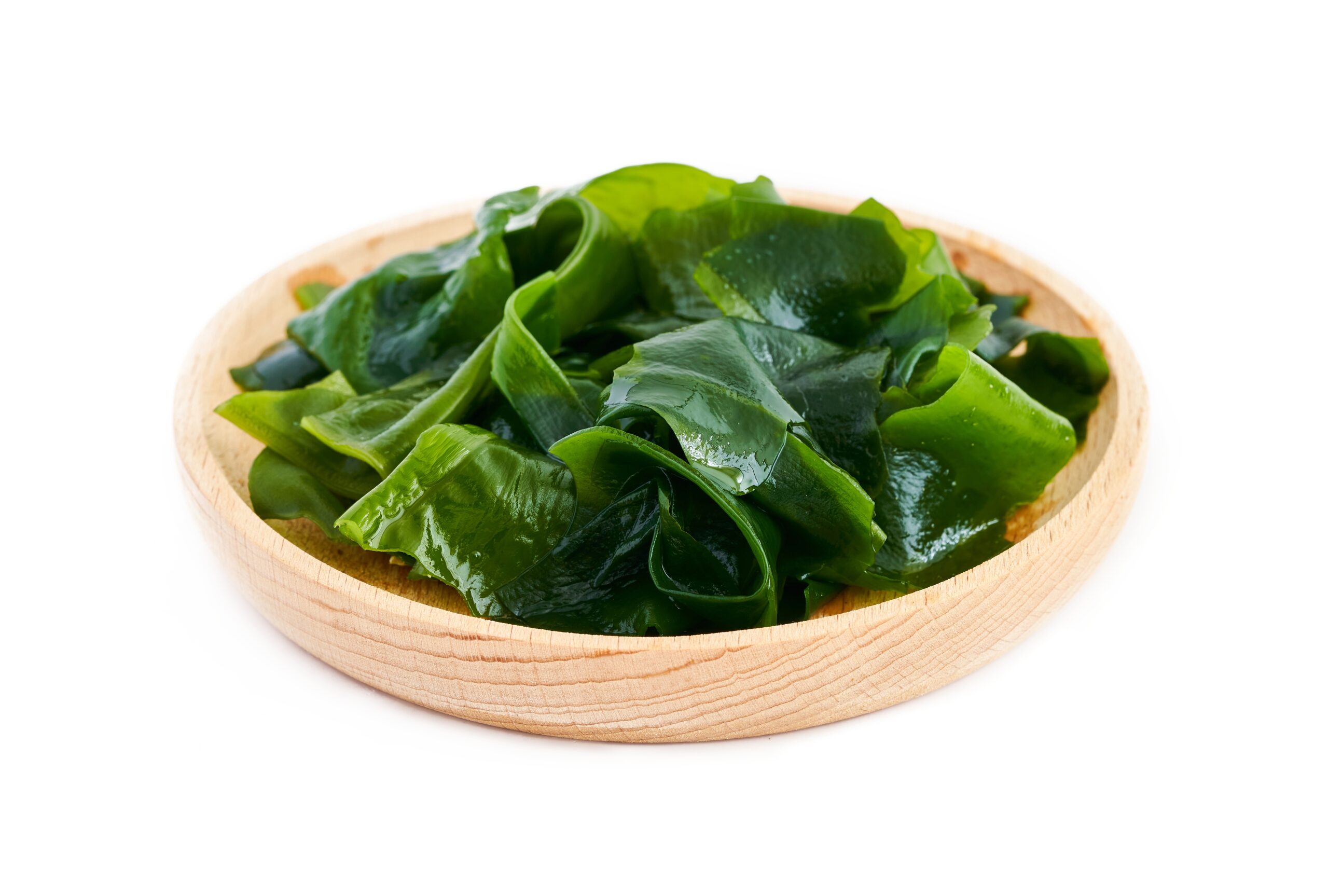
Seaweed, particularly varieties like nori and kelp, contains some omega-3s, especially beneficial for those on a plant-based diet. These marine plants are also rich in minerals, such as calcium and magnesium, which support bone health and joint function. Seaweed’s high iodine content promotes overall health, adding to its value as a nutrient-dense food. Adding seaweed to soups, salads, or sushi can provide a small but beneficial dose of omega-3s. Its unique combination of nutrients makes it beneficial for joint health and overall wellness.
Mustard Seeds
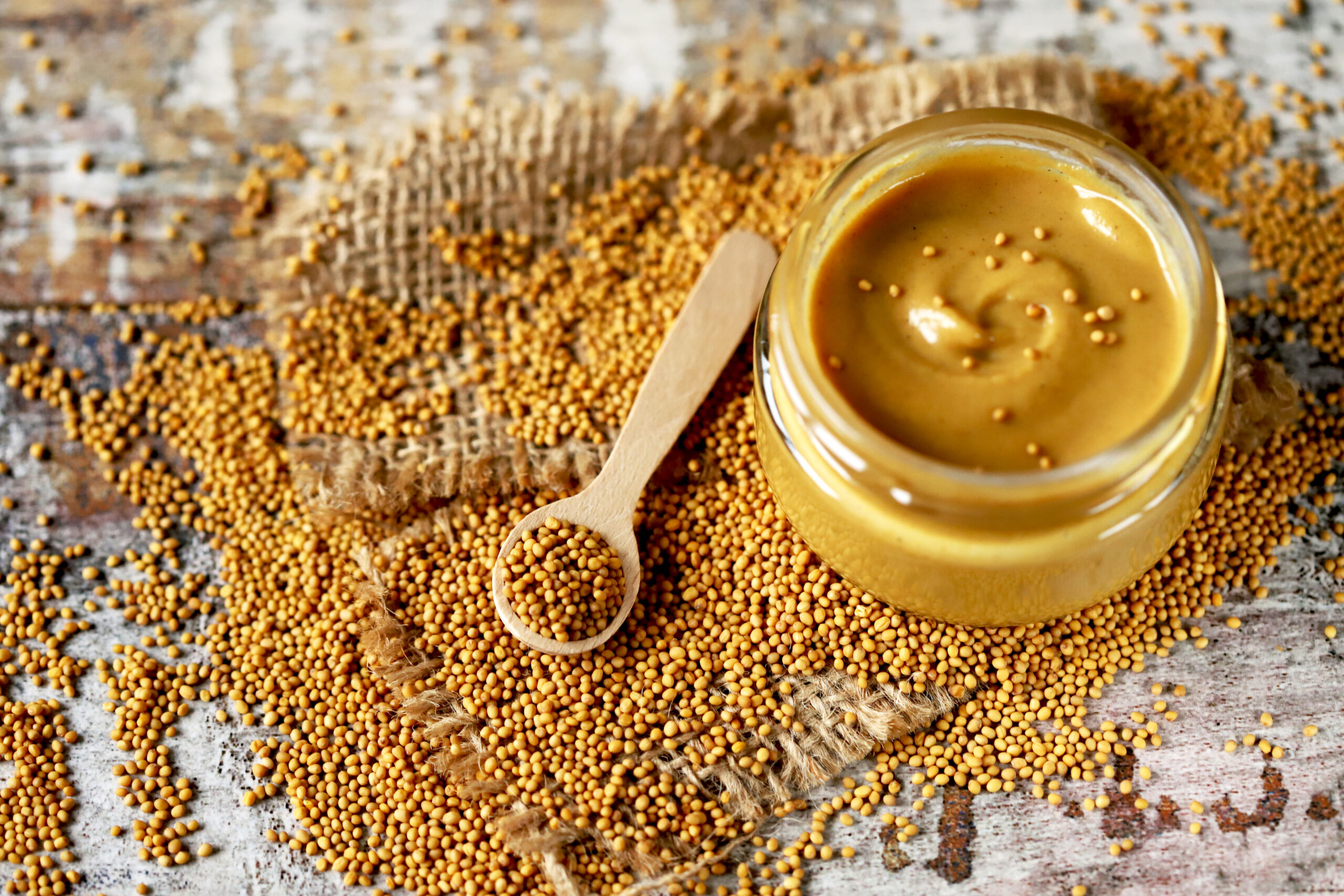
Mustard seeds, though small, contain a surprising amount of omega-3 fatty acids in the form of ALA. The omega-3s from mustard seeds help in reducing joint pain and inflammation, offering natural relief for those with arthritis. They are also a great source of minerals like selenium and magnesium, which support bone and cartilage health. Mustard seeds can be used as a spice in various dishes, adding both flavor and nutritional benefits. Adding mustard to meals may provide incremental improvements to joint flexibility and health.
Kidney Beans

Kidney beans are a good plant-based source of ALA omega-3s and are packed with fiber, protein, and minerals. These nutrients are essential for reducing joint inflammation and maintaining a healthy weight, which helps reduce stress on the joints. Kidney beans also provide antioxidants, which help protect joint tissues from oxidative damage. Adding kidney beans to soups, stews, or salads is an easy way to incorporate omega-3s into your diet. Regular consumption of kidney beans can contribute to improved joint mobility and reduced stiffness.
Cauliflower

Cauliflower, while not high in omega-3s, contains some ALA and other nutrients that support joint health. Its antioxidant properties can reduce inflammation and protect joint tissues from damage over time. Cauliflower is also rich in fiber and vitamin C, both of which play a role in maintaining healthy bones and cartilage. Adding cauliflower to meals as a roasted side, in soups, or in rice substitutes can help with overall inflammation. Consuming it regularly may provide mild benefits for joint health, especially when combined with other omega-3-rich foods.
Tofu
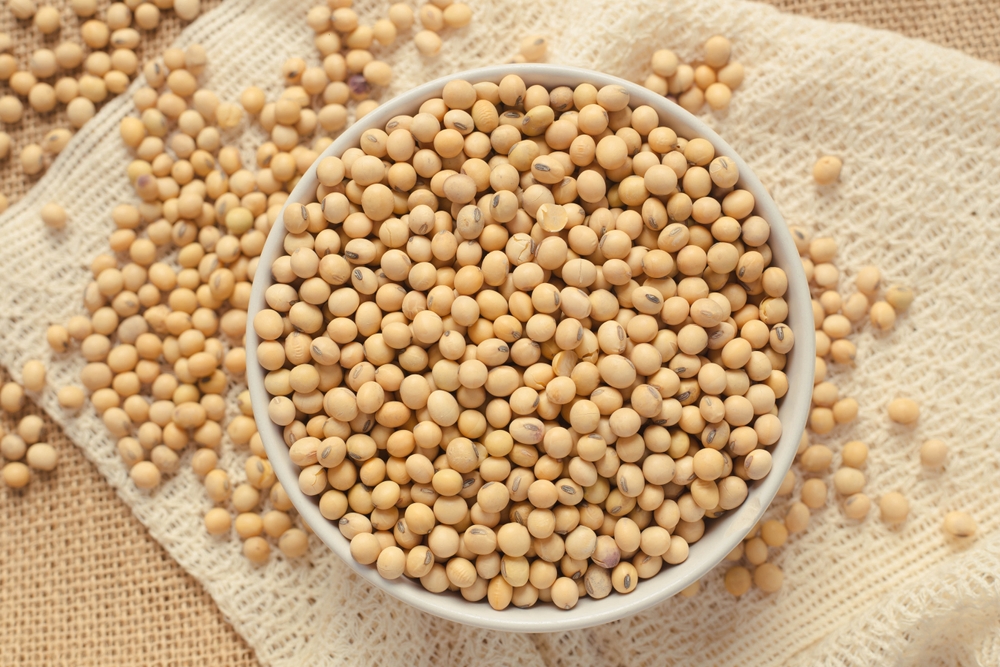
Tofu, made from soybeans, is a good source of ALA omega-3s, offering joint-supporting benefits, especially for those on plant-based diets. The protein and calcium in tofu also contribute to stronger bones and reduced joint wear. Incorporating tofu into stir-fries, soups, or salads provides a versatile way to add omega-3s to your meals. Its anti-inflammatory properties can be beneficial for individuals managing mild joint pain. Tofu is an accessible and flexible option for increasing your intake of omega-3s without fish.
This article originally appeared on RetailShout.
More From RetailShout
14 Creative and Healthy Lunches Your Kids Will Look Forward To

lMaking sure your kids have healthy lunches is important for their growth and energy throughout the day. Here are 15 great options that are not only nutritious but also delicious and easy to prepare. Read More.
20 Breakfast Foods That Fuel Your Morning
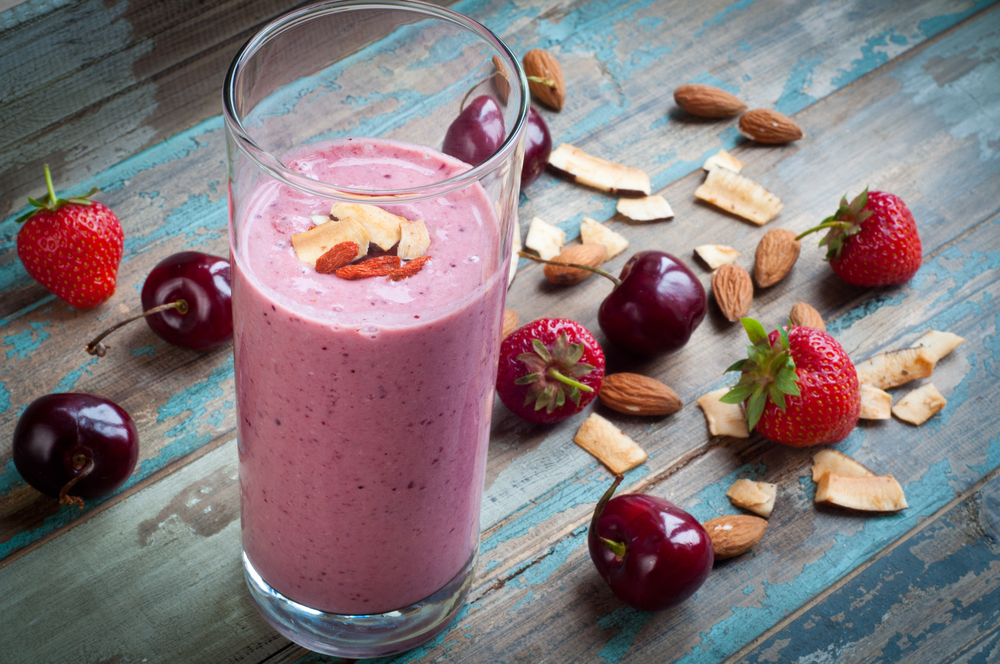
Starting your day with the right kind of breakfast can make all the difference. It’s about giving your body the fuel it needs to keep you energized, focused, and feeling good all morning long. No need for fancy ingredients or complicated recipes, just real, wholesome foods that are quick to prepare and satisfying. Read More.
15 Under-the-Radar Leafy Greens with Surprising Health Benefit

When we think of leafy greens, spinach, kale, and lettuce are usually the first that come to mind. But there’s a whole world of lesser-known greens that pack an impressive nutritional punch. Read More.






